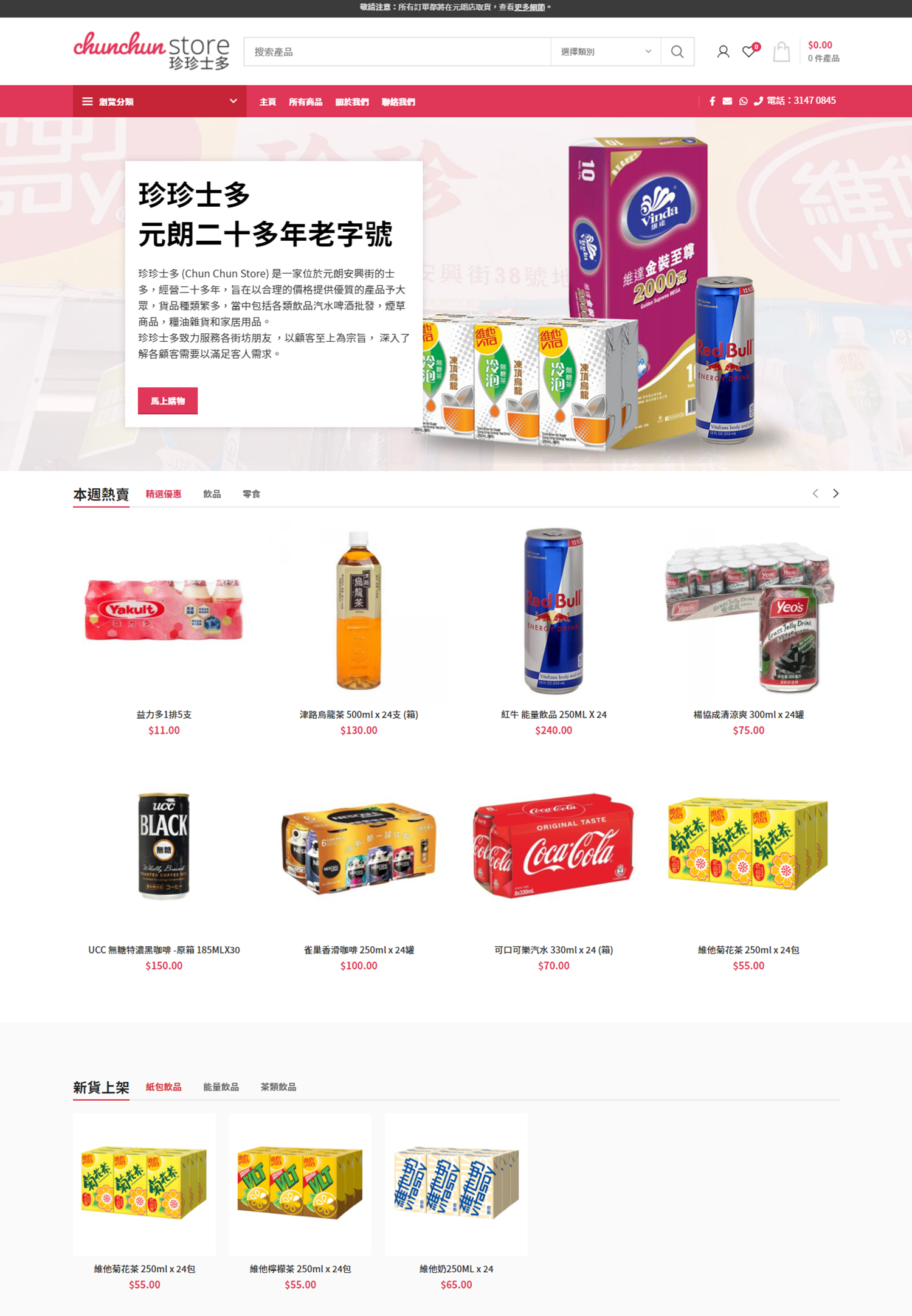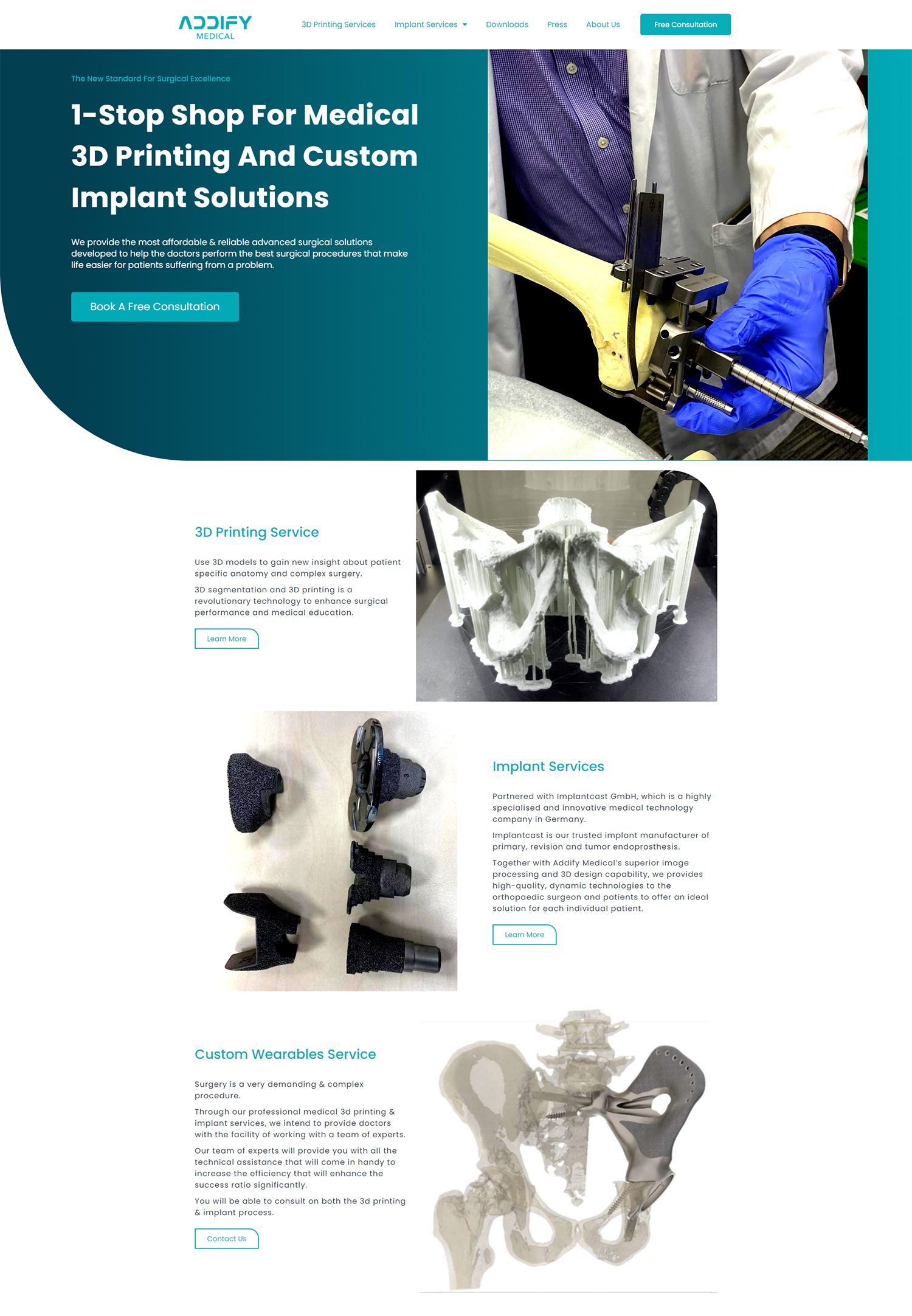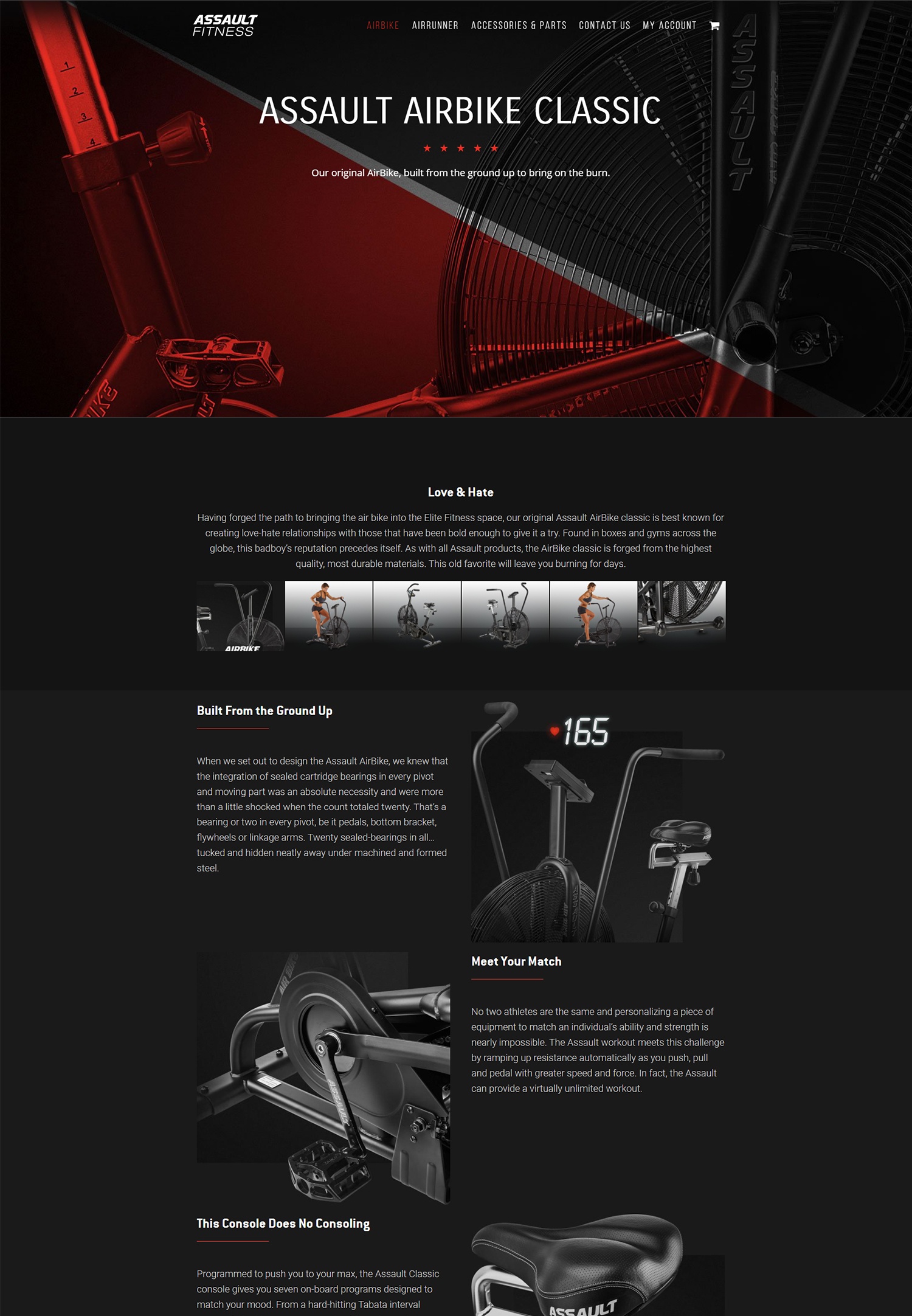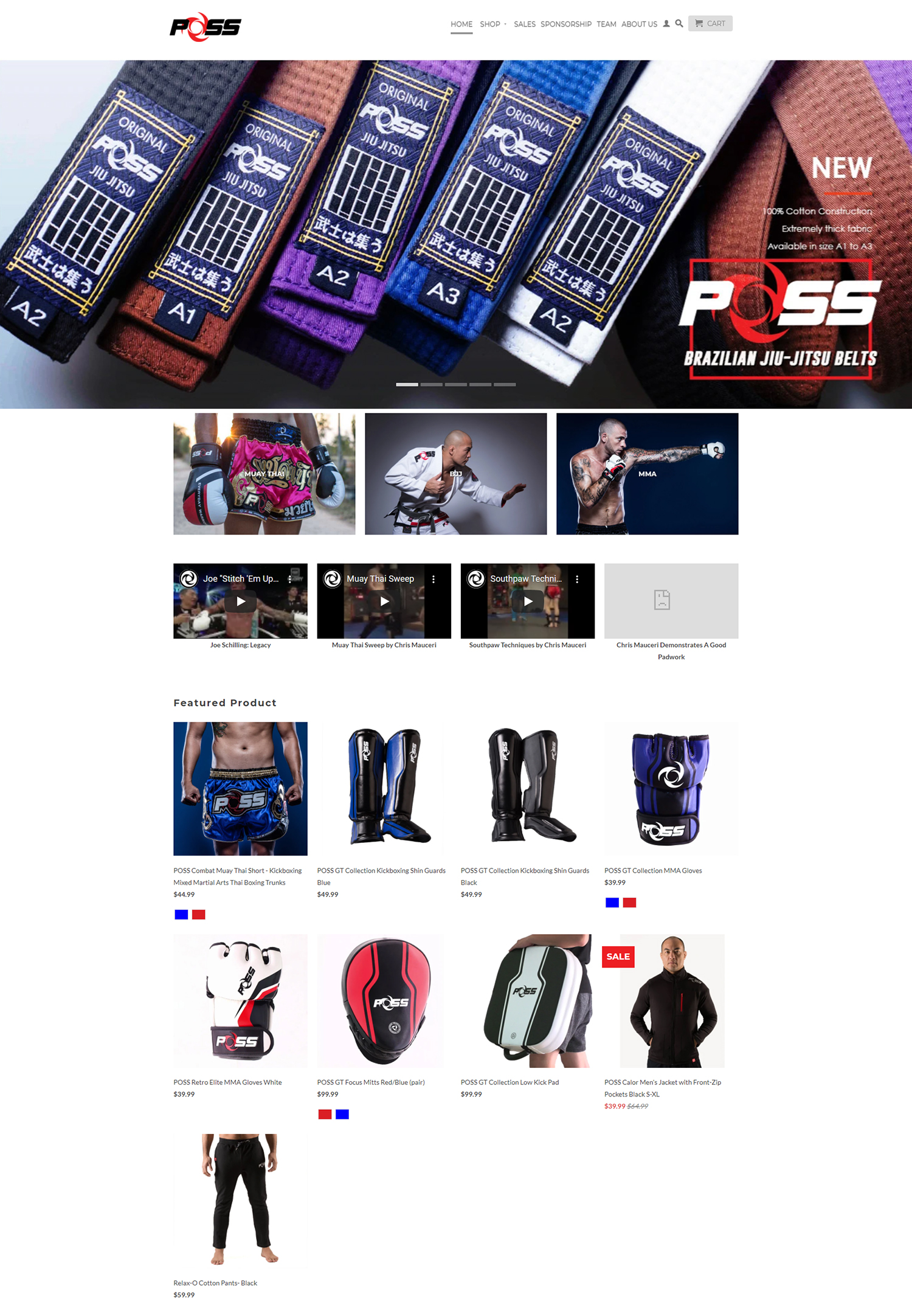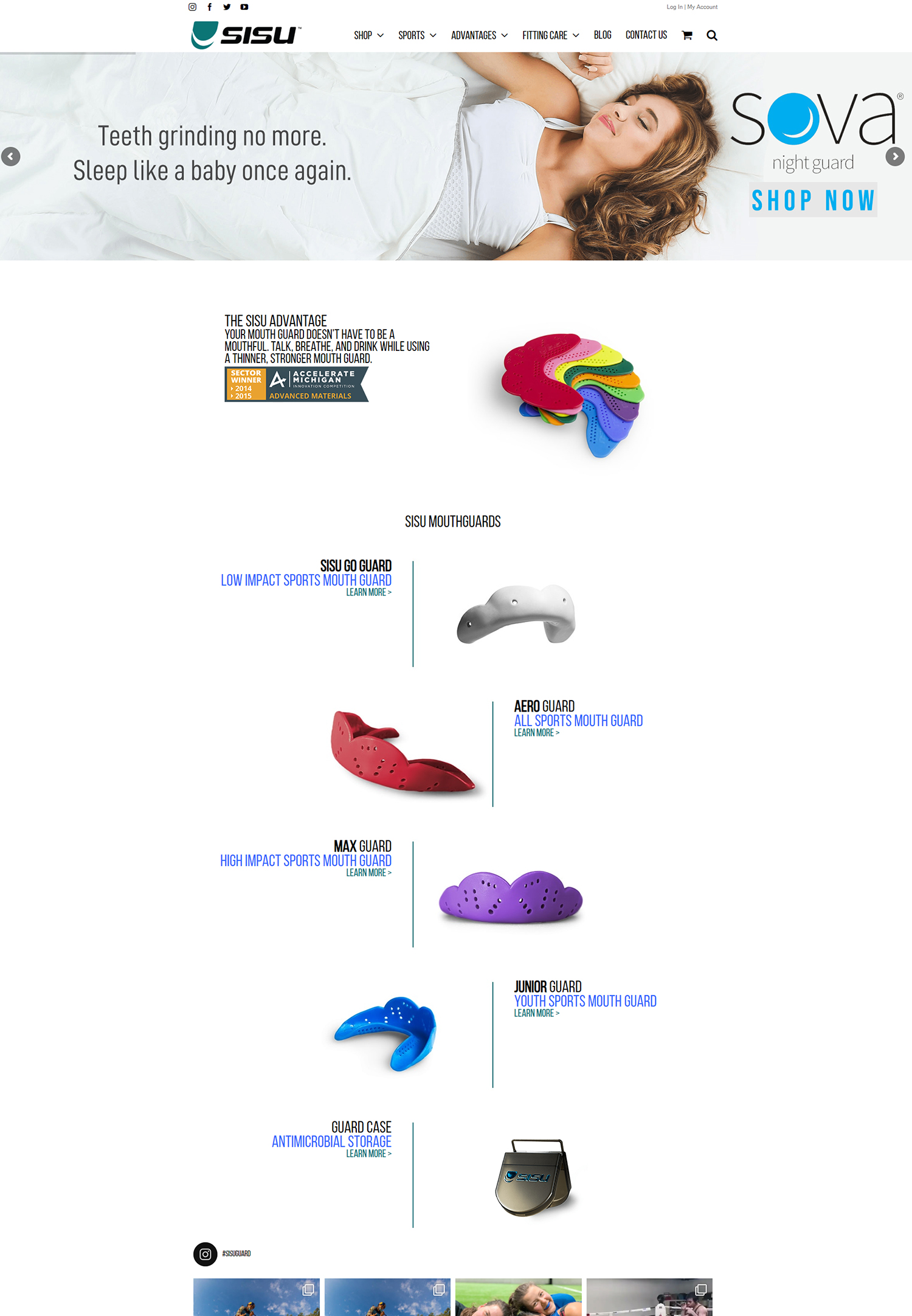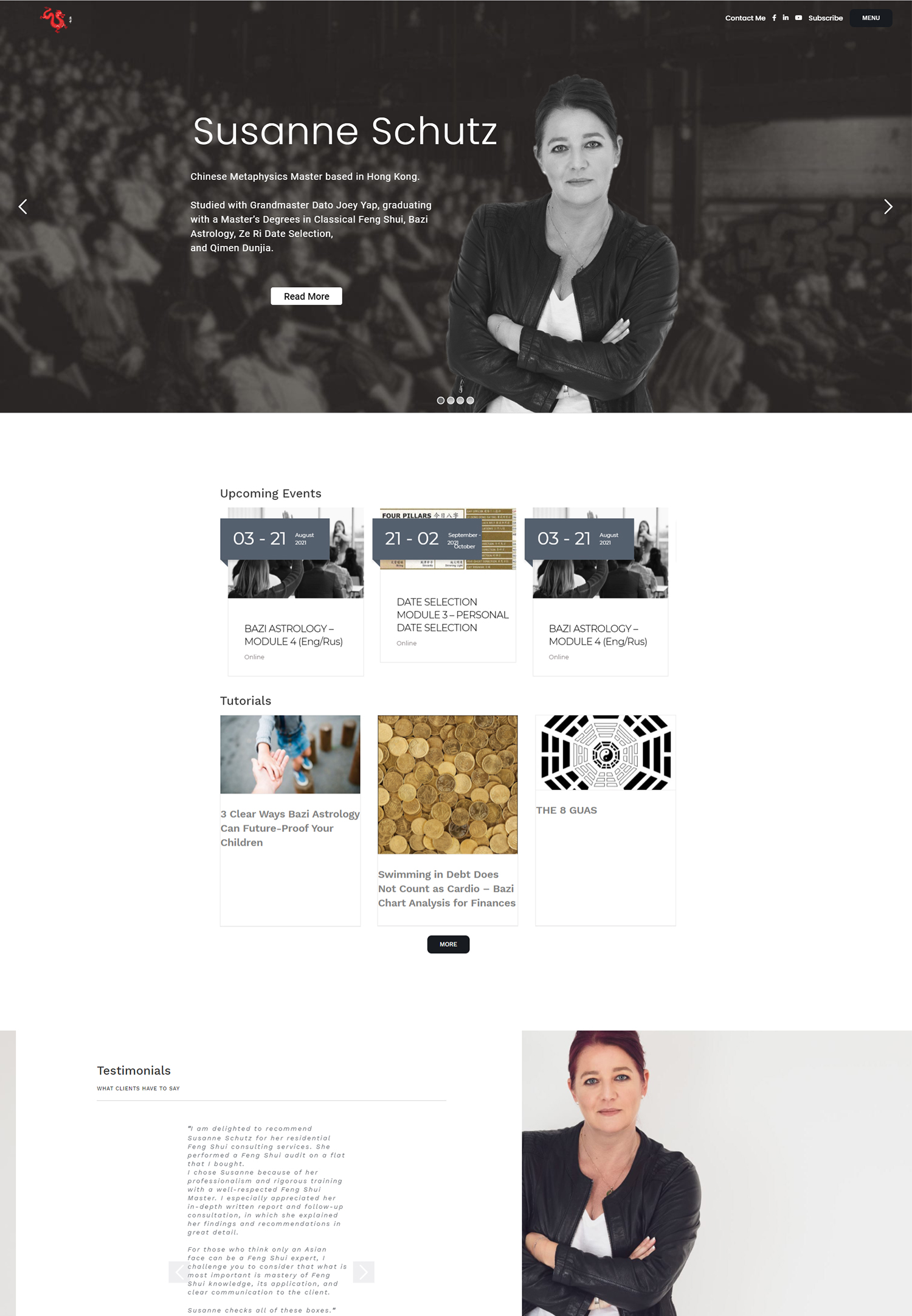Determining Google Ads Performance Metrics In the field of digital marketing, Google Ads is a potent instrument for companies looking to increase their online presence and attract relevant visitors to their websites. But any advertising campaign’s success depends on having a thorough grasp of performance metrics. Ad performance and areas for improvement are revealed by these metrics, which form the foundation of campaign analysis. Campaign success is measured by key performance indicators (KPIs) like Click-Through Rate (CTR), Conversion Rate, Cost-Per-Click (CPC), & Return on Ad Spend (ROAS).
Key Takeaways
- Understanding Google Ads performance metrics is crucial for optimizing ad campaigns and achieving desired results.
- Utilizing Google Ads tracking tools such as Google Analytics and conversion tracking can provide valuable insights into campaign performance.
- Analyzing click-through rates (CTR) and conversion rates is essential for understanding how well ads are resonating with the target audience and driving actions.
- Monitoring cost-per-click (CPC) and return on ad spend (ROAS) helps in evaluating the efficiency and profitability of ad campaigns.
- Testing and optimizing ad copy and keywords is a continuous process that can significantly impact ad performance and overall campaign success.
- Evaluating ad placement and targeting options can help in reaching the right audience and maximizing ad exposure.
- Implementing A/B testing for ad performance allows for comparing different ad variations to identify the most effective ones.
- Using data to inform future Google Ads strategy is key to making informed decisions and continuously improving campaign performance.
Interpreting what these metrics mean in relation to your advertising objectives is essential to understanding them; it’s not just about numbers. A high CTR, for example, suggests that your advertisement is interesting enough to get clicks, but it does not always imply that those clicks are turning into leads or sales. On the other hand, a low CTR can indicate that your targeting or ad copy needs to be improved. When taken as a whole, the metrics offer a comprehensive picture of campaign performance, each of which contributes to the narrative. By exploring these metrics, marketers can determine the campaigns’ advantages & disadvantages, enabling data-driven choices that improve overall efficacy.
The utilization of Google Ads tracking tools is essential for the efficient measurement and analysis of performance metrics. Google offers a number of tools to assist advertisers in tracking their campaigns in real time. For example, Google Analytics and Google Ads work hand in hand to let marketers monitor how users behave on their websites after clicking on advertisements. By giving you useful information about how users interact with your website, which pages they view, and how long they stay, this integration helps you better understand the customer journey. Conversion tracking in Google Ads is another crucial tool.
Advertisers can use this tool to monitor particular user actions, like buying something or subscribing to a newsletter, that occur after a user clicks on an advertisement. Businesses can clearly identify which campaigns are producing results by directly attributing conversions to their advertisements by putting up conversion tracking. Also, without requiring in-depth coding knowledge, Google Tag Manager streamlines the management of tracking codes across multiple platforms, guaranteeing that all pertinent data is recorded.
Effective use of these tools can greatly improve the capacity to evaluate performance indicators and modify campaigns with knowledge. Examining Click-Through Rates (CTR) and Conversion Rates: CTR, or click-through rate, is one of the most important metrics in Google Ads. It shows the proportion of users who click on an advertisement after viewing it.
The ad’s relevance & appeal to the target audience are frequently indicated by a high CTR. For instance, if the click-through rate (CTR) of a new fitness app advertisement is 5%, it indicates that 5 out of 100 viewers are motivated to click on the advertisement. To determine overall effectiveness, a high CTR must be examined in conjunction with conversion rates, even though it is ideal. The percentage of users that complete a desired action after clicking on an advertisement is known as the conversion rate.
This could be completing a contact form, buying something, or signing up for a newsletter. The combination of a high click-through rate (CTR) and a low conversion rate may suggest that although the advertisement is getting clicks, users are not satisfied with the landing page. A disconnect between the promise of the advertisement & the landing page experience is evident, for example, if users click on an advertisement for discounted shoes but abandon the purchase because of unclear or poorly designed website navigation. As a result, examining conversion rates and CTR jointly offers a more thorough understanding of user engagement & campaign performance.
Tracking Cost-Per-Click (CPC) & Return on Ad Spend (ROAS) CPC is another important metric that shows how much an advertiser spends each time a user clicks on their ad. Budget management and making sure that advertising expenditures are in line with corporate objectives require close monitoring of CPC. A company may need to reconsider its bidding strategy or enhance ad relevance to reduce costs, for instance, if it sets a maximum CPC bid of $2 but discovers that its average CPC is $3. Businesses can maximize their return on investment and optimize their budgets by having a solid understanding of CPC.
Return on Ad Spend (ROAS) measures the amount of money made for each dollar spent on advertising, going beyond CPC analysis. A 400 percent return on assets (ROAS) indicates that the company makes four dollars for every dollar spent on advertising. This measure is essential for assessing an advertising campaign’s overall efficacy. An e-commerce business’s return on assets (ROAS) would be 4:1, for example, if it spent $1,000 on Google Ads and made $4,000.
A different campaign that spends the same amount but only brings in $1,500 in sales, on the other hand, would have a ROAS of 1:5:1, suggesting that changes are required to increase profitability. Businesses can decide where to spend their advertising budgets for the greatest impact by keeping a careful eye on both CPC and ROAS. Ad Copy and Keyword Testing and Optimization The quality of ad copy and keyword selection have a major impact on Google Ads’ efficacy.
Knowing the wants & pain points of the target audience is essential to writing effective advertising copy. For example, an advertisement for a new skincare product might emphasize its special qualities and advantages while using language that appeals to potential buyers. Ad copy variations can be tested to determine which messages audiences respond to the best. Making sure that advertisements are seen by the appropriate people requires keyword optimization as well. It is possible to find terms and phrases that prospective customers are using in their searches by carrying out in-depth keyword research.
Finding high-volume keywords that are pertinent to your company can be aided by tools such as Google Keyword Planner. To make sure keywords continue to be effective over time, ongoing optimization and monitoring are required after they are chosen. For instance, it might be time to improve targeting or modify the ad copy to better suit user intent if specific keywords are generating traffic but not conversions. Businesses can improve their chances of attaining greater CTRs and conversion rates by continuously testing and refining their keywords and ad copy. The success of Google Ads campaigns is largely dependent on the evaluation of ad placement and targeting.
Ads that are properly targeted reach the most pertinent audience segments according to their demographics, interests, and online activity. Numerous targeting options are available in Google Ads, including audience, demographic, and location targeting based on user behavior. To guarantee that its advertisements are seen by users only in a particular geographic area, for instance, a nearby restaurant may employ location targeting. Analyzing ad placement entails looking at where advertisements show up on Google’s extensive network, which includes partner websites & search results pages. Future bidding tactics & budget allocation can be informed by knowledge of which placements produce the best results.
For example, it might be prudent to redirect more resources towards search advertising while reassessing display strategies if an ad performs remarkably well in search results but poorly on display networks. Businesses can improve their strategy to more effectively reach their ideal clients by regularly evaluating the efficacy of their targeting & ad placement. Application of A/B Testing for Ad Performance By comparing two ad versions to ascertain which one performs better, A/B testing is a priceless technique for maximizing Google Ads performance. In order to determine which version of an advertisement receives more clicks or conversions, two variations—such as different headlines or calls-to-action—are created and run concurrently. “Shop Now for Exclusive Discounts” and “Limited Time Offer: Save Big Today!” are two examples of headlines that an online retailer may test.
By determining which headline generates the most interaction, marketers can use this information to inform future ad copy. Keeping control over variables to guarantee accurate results is essential for A/B testing success. To determine what precisely affects performance changes, it is imperative to test each component separately, whether it be the call-to-action, image, or headline. Also, allowing tests to run for a long enough period of time guarantees that the results are statistically significant & unaffected by transient variations in user behavior. Businesses can improve campaign performance and continuously hone their strategies by systematically implementing A/B testing across different ad elements.
Utilizing Data to Guide Future Google Ads Strategies Successful Google Ads strategies are based on data-driven decision-making. The knowledge gathered from examining performance metrics helps to develop long-term advertising strategies in addition to making quick adjustments. By looking at past data trends, marketers can predict changes in market dynamics and modify their campaigns appropriately. Examples of these trends include seasonal variations in consumer behavior or changes in keyword performance.
Businesses can increase their budget for those keywords during peak periods to optimize visibility and conversions, for example, if data shows that they perform exceptionally well during particular times of the year, such as holiday shopping seasons. Targeting tactics for upcoming campaigns can also be improved by examining consumer demographics. Marketers can modify their next campaigns if data indicates that younger audiences react more favorably to particular ad formats or messaging approaches.
Through the effective use of data insights, companies can develop more impactful and targeted Google Ads strategies that promote long-term growth.
If you are interested in improving your online presence and digital marketing strategies, you may also want to check out this article on eLearning. This article discusses the benefits of incorporating eLearning into your business to enhance employee training and development. By utilizing eLearning platforms, you can improve the skills and knowledge of your team members, ultimately leading to better performance and results.




